It's Only a Story Because it was Designed to be One
What do most presentations miss that makes them ineffective - the fundamentals of a story structure and what happens, as a result, is they end up with:
Too much information
Information that isn’t relevant to the core point
Long and overly detailed explanations
A flow that does little to draw the audience in or connect them to the content is a way that helps them process, store and recall the key points.
A forgettable presentation.
Not every presentation needs to be a story; many would benefit from applying some of the fundamentals, but when the outcome depends on the clarity of the delivery, knowing how to craft one becomes a critical skill.
The Change
At its core, a story is built around a change, which informs how the story unfolds to bring this change to life.
Spoiler alert: You’ll never see movies the same again. The movie's opening gives away the ending because the story is built around these two points. Take the romantic comedy. If it opens on a couple who are not in love, in the end, they will be. If we start with them happily together, they will be separated by the end.
Bookends
This sets up what I call the bookends that frame the core content. This is where we bring the story to life, and strong bookends create an engaging flow to the content.
Many slide decks are just collections of slides that go from this to this to this, often in the order in which we, in our business, talk about this, our magic seven-step process, or how the slides fell into the deck. When it is easy to argue for slides moving between one section or another, there is no structure holding this content together; it is a slide deck, not a story.
By stepping through content in this way we are information sharing. It is generally flat in structure and easily forgotten as it blends into the sea of other information-out slide decks. There is nothing to keep the audience connected and following along.
Curate the journey
When the content moves the audience, it starts with what is at stake and is anchored in a problem the audience cares about. It then navigates the audience to a conclusive resolution, where they arrive at a better place. Then, the audience is drawn in, eager to go on the journey, and waiting to see where this goes next.
This all begins with the core understanding of the change that you see as possible, that you know is possible through your expertise applied to this problem. From this, you can curate your content to create a flowing journey, but you can also refine your content to tell just one clear and concise story, removing the tangents and the distractions.
When the outcome matters, the story structure becomes critical.
This is as true for internal presentations as it is for external ones: when you need to do more than share information, when you need feedback, action, buy-in, or a decision to buy you, the story structure is what is needed to get your content to show up and stand out for all the right reasons.
Want to learn more?
Let’s chat about my coaching and masterclasses that start with 90-minute online learning accelerators.

